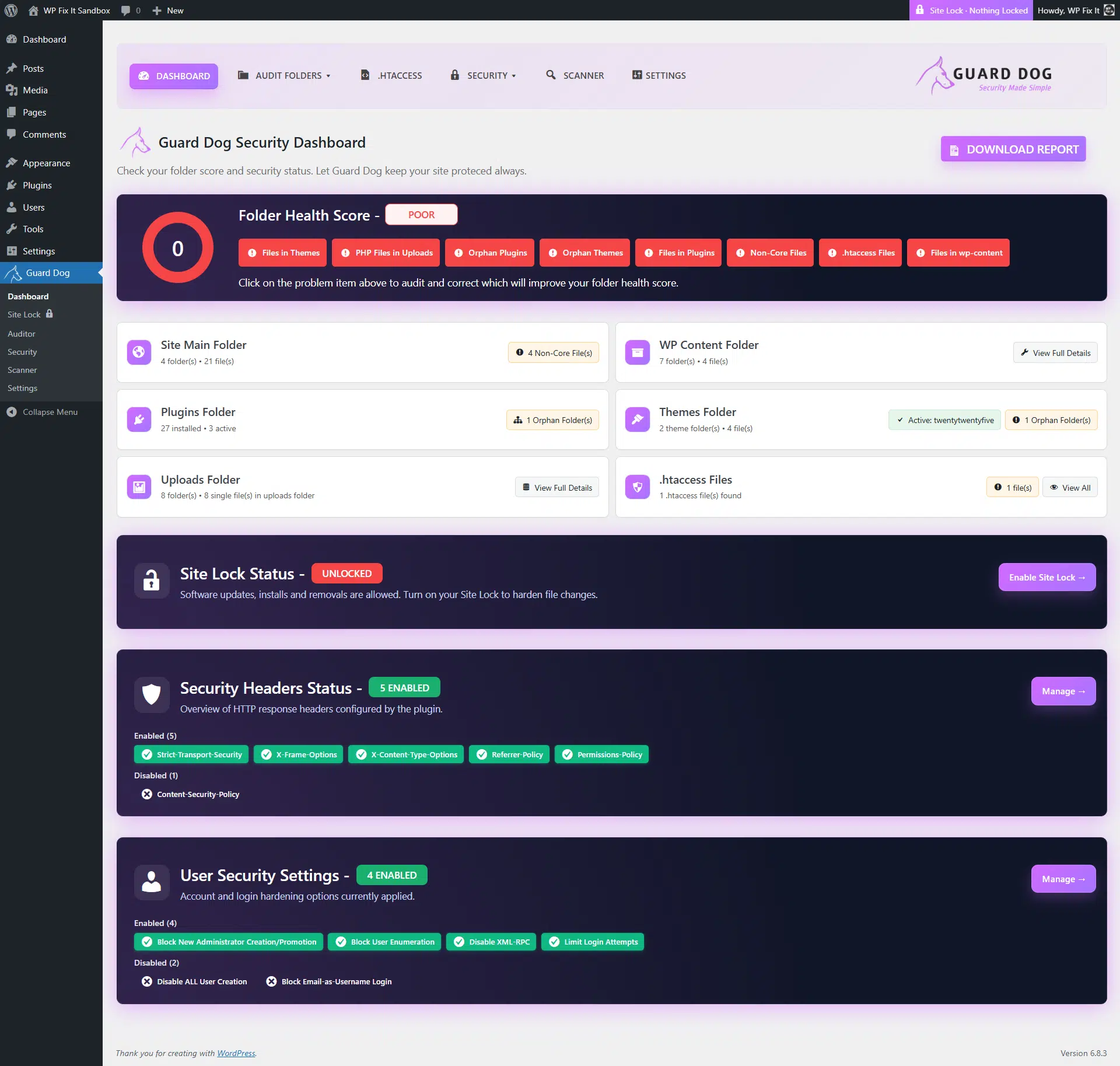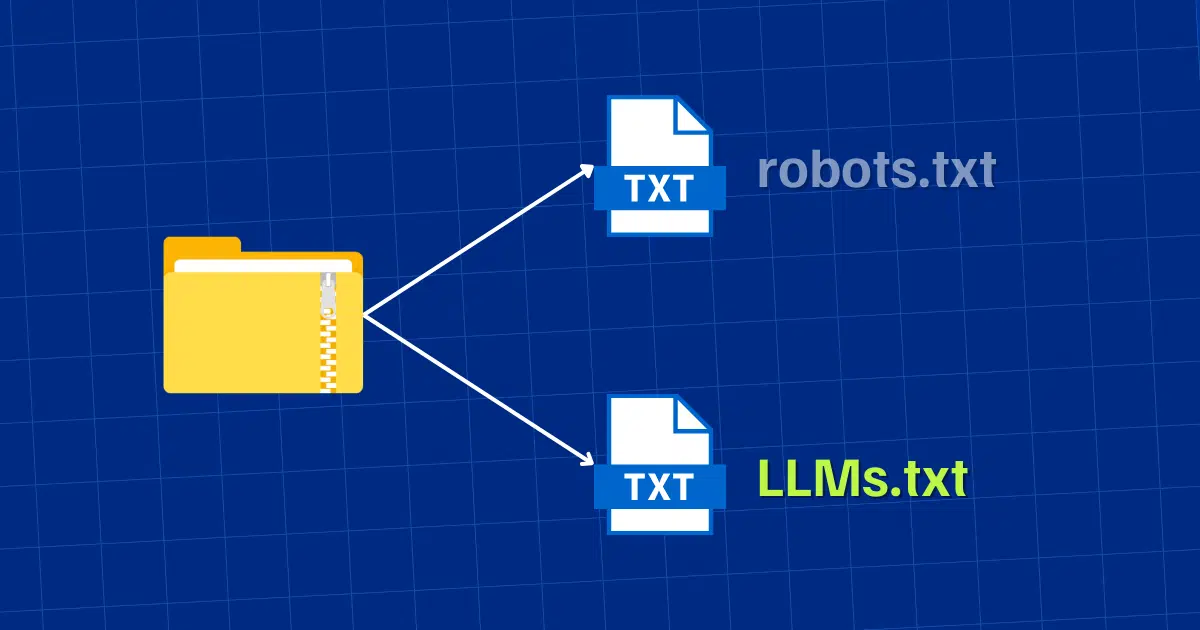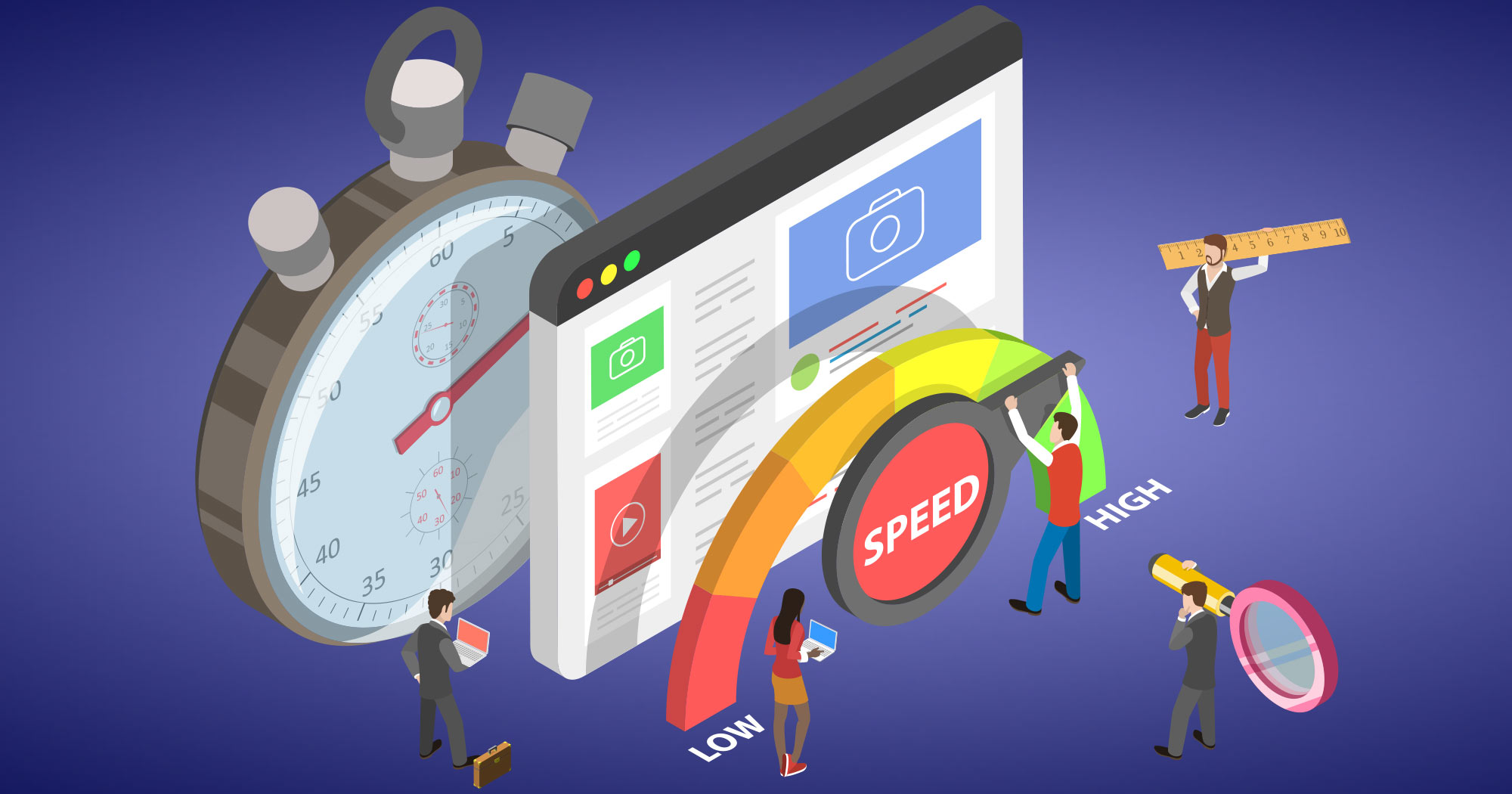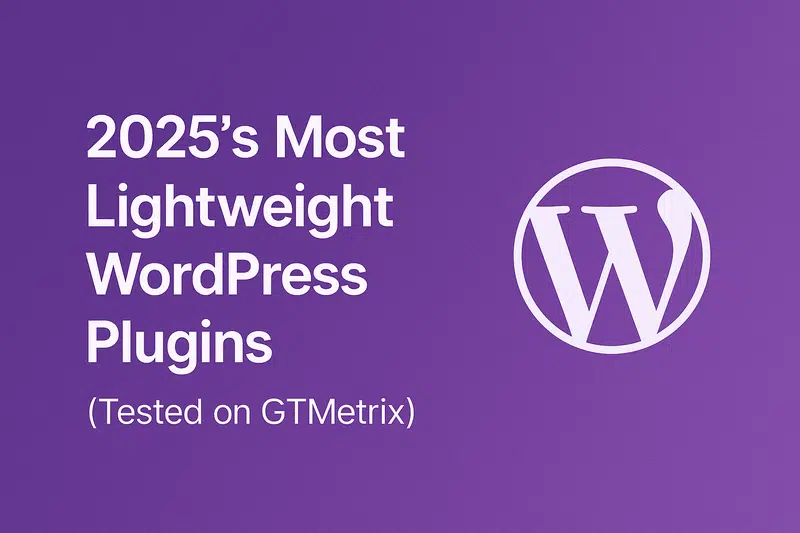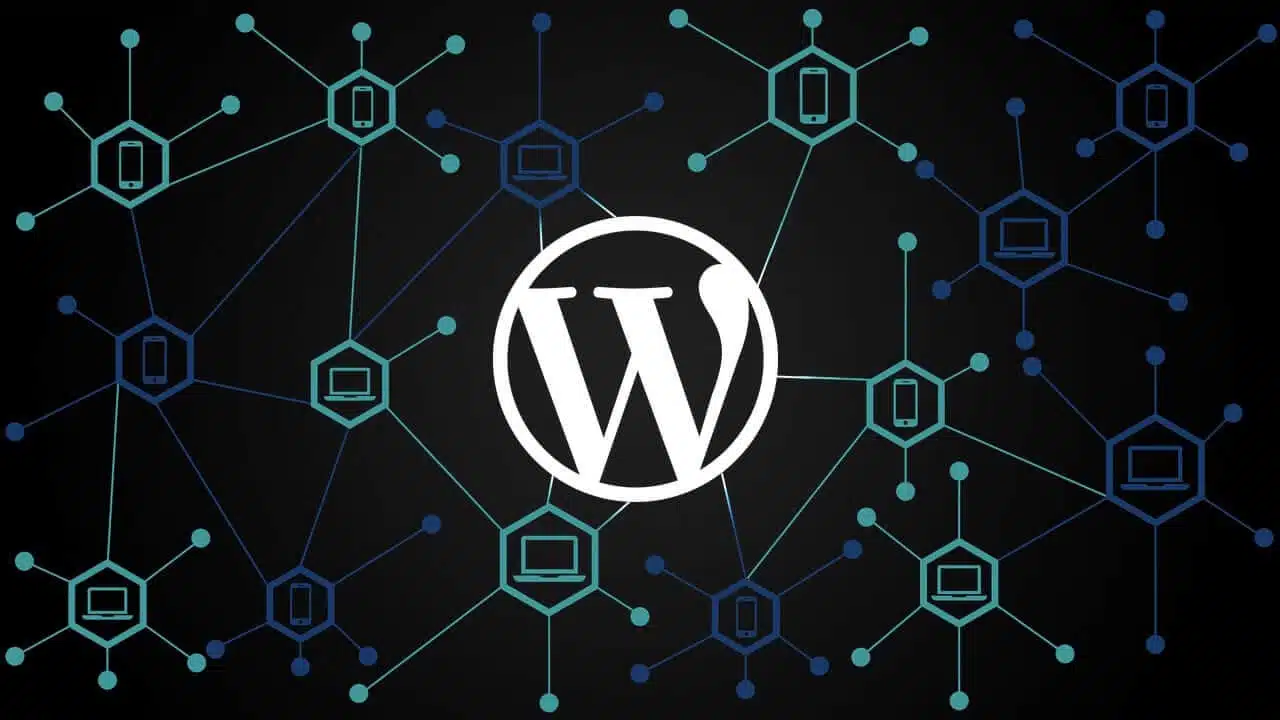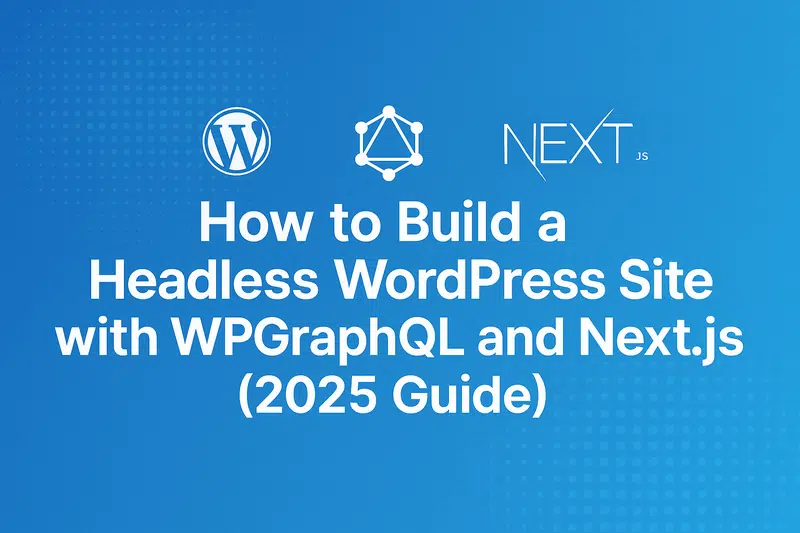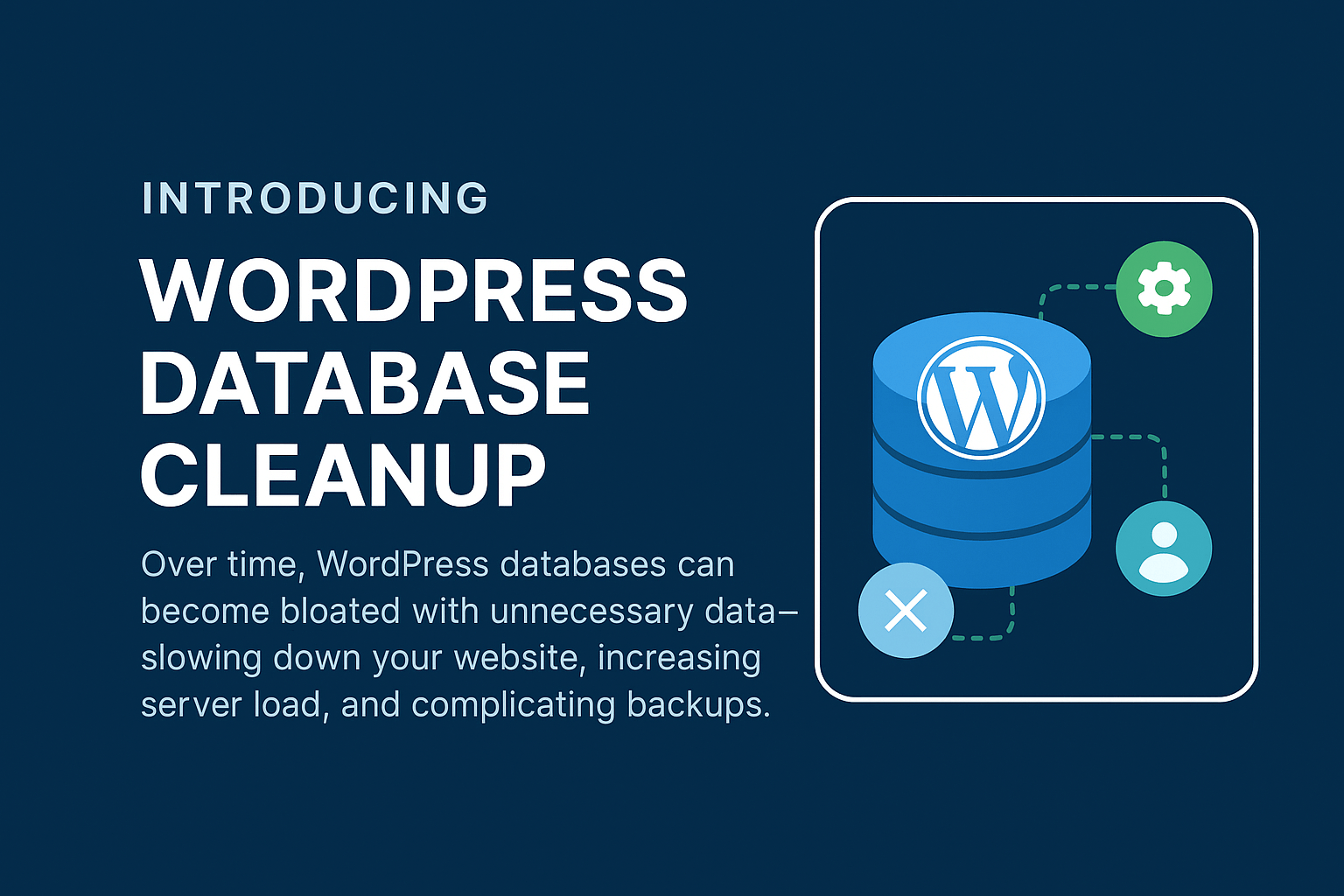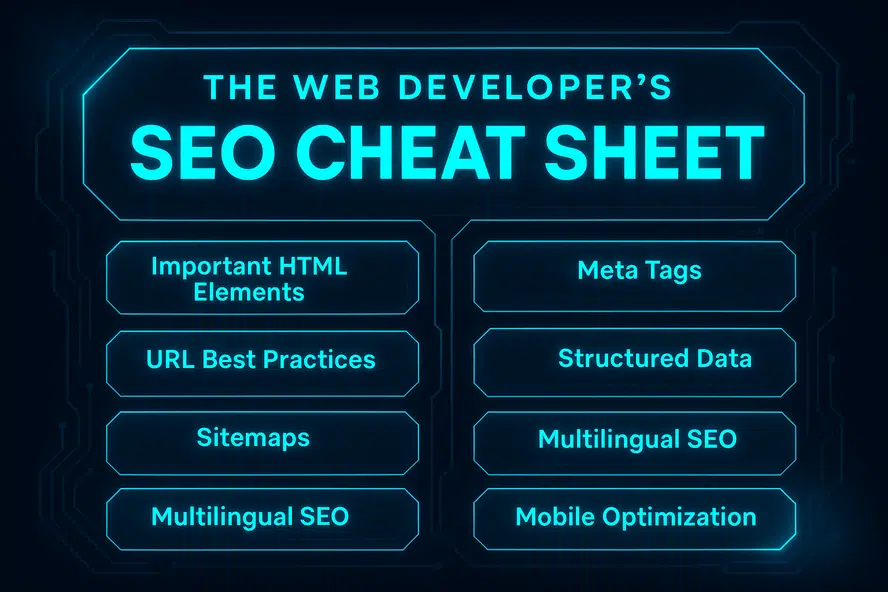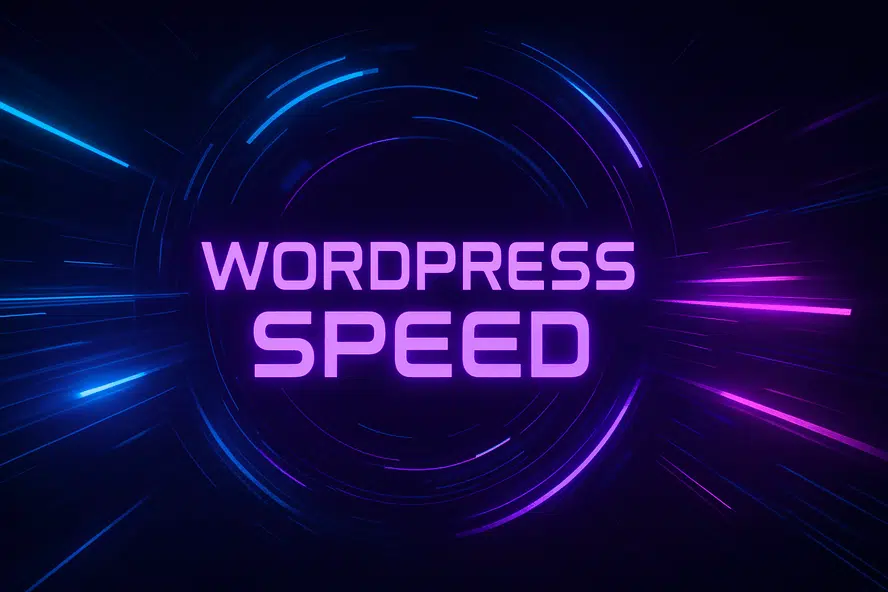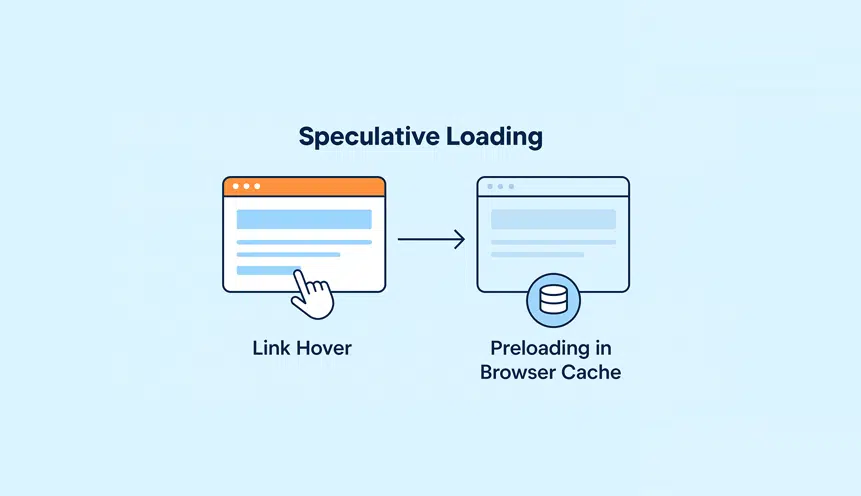Title: Need for Speed: How to Accelerate WordPress Loading Time
Introduction (150 words)
In today’s fast-paced digital world, the speed at which a website loads can greatly impact user experience and overall online success. Slow-loading websites can lead to impatient visitors, increased bounce rates, and even negatively impact search engine rankings. WordPress, being the most popular website platform, is no exception. Fortunately, there are various strategies and techniques available to speed up WordPress loading times and ensure optimal performance. In this article, we will explore the different methods to accelerate WordPress loading time, covering both basic and advanced techniques, while also addressing frequently asked questions.
I. Optimizing Website Speed (600 words)
1. Choosing a High-Performance Hosting Provider – The importance of selecting a reliable Hosting provider with excellent server performance and uptime.
2. Implementing Caching Mechanisms – Exploring plugins like WP Super Cache or W3 Total Cache to create static versions of dynamic WordPress pages and increase loading speed.
3. Compressing Images – Utilizing plugins such as Smush or EWWW Image Optimizer to automatically compress and optimize images without losing quality.
4. Minifying JavaScript and CSS Files – Understanding the process of removing unnecessary spaces, comments, and formatting to reduce file size and improve load times.
5. Limiting WordPress Plugins – Explaining how excessive plugins can slow down a website, and suggesting strategies to minimize their usage for optimized performance.
6. Content Delivery Networks (CDNs) – The benefits of using CDNs to store website files on multiple servers worldwide, reducing server response time and improving site speed.
7. Optimizing WordPress Database – The significance of regular database optimization to remove unnecessary data, reducing the burden on the server, and enhancing loading speed.
8. Enabling GZIP Compression – Utilizing GZIP compression to reduce file sizes and enable faster file transfers between the server and the user’s browser.
9. Lazy Loading Images and Videos – Implementing lazy loading techniques to ensure that images and videos only load as the user scrolls down, reducing initial load times.
II. Advanced Techniques for speed optimization (800 words)
1. Utilizing Content Delivery Networks (CDNs) – More in-depth information regarding CDNs, including popular options like Cloudflare, Fastly, or KeyCDN, and how they can be integrated with WordPress.
2. Implementing Accelerated Mobile Pages (AMP) – Understanding the importance of mobile optimization and how implementing AMP can significantly enhance the mobile browsing experience and speed up loading times.
3. Utilizing a Content Delivery Network for DNS – Explaining how DNS (Domain Name System) lookup time can affect loading speed and how using a CDN with optimized DNS can quicken the process.
4. Separate Hosting for Media Files – Describing the benefits of Hosting media files (images, videos, documents) on a separate server or storage solution to reduce server load and increase loading speed.
5. Using a Lightweight WordPress Theme – Recommending minimalistic and well-coded themes that can eliminate unnecessary bloat, leading to better performance and faster load times.
6. Combining and Minifying External CSS and JavaScript Files – Merging CSS and JavaScript files together while minimizing code to reduce the number of HTTP requests and optimize load times.
7. Preloading Important Resources – Exploring the use of preloading techniques to ensure the important resources required to render a page are loaded in advance, further enhancing the user experience.
8. Enabling Browser Caching – Discussing the benefits of browser caching and providing instructions on how to leverage caching headers and plugins to maximize WordPress loading speed.
9. Server-Side Performance Optimization – Highlighting the importance of configuring server settings, utilizing HTTP/2, keeping server software up to date, and tweaking PHP settings to improve performance.
FAQs (250 words)
Q1: How can I check my WordPress website’s current loading speed?
A1: You can use online tools such as GTmetrix, Google PageSpeed Insights, or Pingdom to analyze your website’s loading speed and identify specific areas for improvement.
Q2: Are caching plugins essential?
A2: Although caching plugins are highly recommended, they may not always be necessary if your Hosting provider already employs caching mechanisms. However, they can still offer additional optimizations.
Q3: Can I use multiple caching plugins simultaneously?
A3: It is generally not recommended to use multiple caching plugins at once as they may conflict with each other. Choose one reliable plugin and configure it according to your specific site requirements.
Q4: How frequently should I optimize my WordPress database?
A4: It is advisable to optimize your WordPress database at least once every 2-3 months or after major content updates. You can use plugins like WP-Optimize or WP-Sweep for this purpose.
Q5: Should I enable GZIP compression if my Hosting provider already compresses files?
A5: Yes, enabling GZIP compression ensures that files between your server and user’s browser are compressed, providing additional speed benefits even if your Hosting provider performs compression at the server level.
Conclusion (100 words)
In an era where user attention spans are rapidly decreasing, optimizing your WordPress website’s loading speed is crucial for retaining visitors and improving overall success. By implementing these various strategies and techniques, ranging from basic to advanced, you can significantly accelerate WordPress loading times. Remember to regularly assess your site’s performance, keep plugins/themes updated, and apply continuous optimizations for the best possible user experience and higher search engine rankings. With a faster loading website, you can ensure your visitors stay engaged, improve conversion rates, and keep your online presence ahead of the competition.
Post Summary:
This article discusses the need to accelerate the loading time of WordPress websites. It emphasizes that slow-loading websites can lead to negative impacts such as high bounce rates and lower search engine rankings. The article provides various strategies and techniques to improve WordPress loading times. These include selecting a reliable Hosting provider, implementing caching mechanisms, compressing images, minifying JavaScript and CSS files, limiting the use of plugins, utilizing content delivery networks (CDNs), optimizing the WordPress database, enabling GZIP compression, and implementing lazy loading techniques. The article also covers advanced techniques such as using CDNs, implementing Accelerated Mobile Pages (AMP), optimizing DNS, separating Hosting for media files, using lightweight WordPress themes, combining and minifying external CSS and JavaScript files, preloading important resources, enabling browser caching, and optimizing server-side performance. The article concludes by highlighting the importance of regularly assessing website performance and applying continuous optimizations for an improved user experience and higher search engine rankings.






